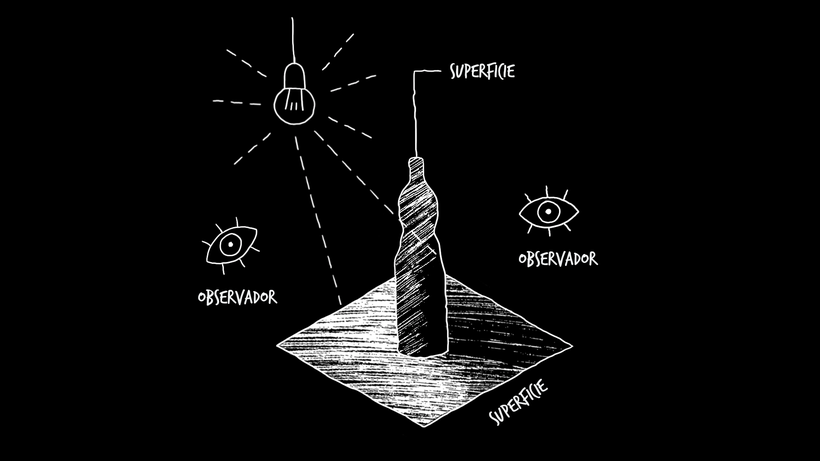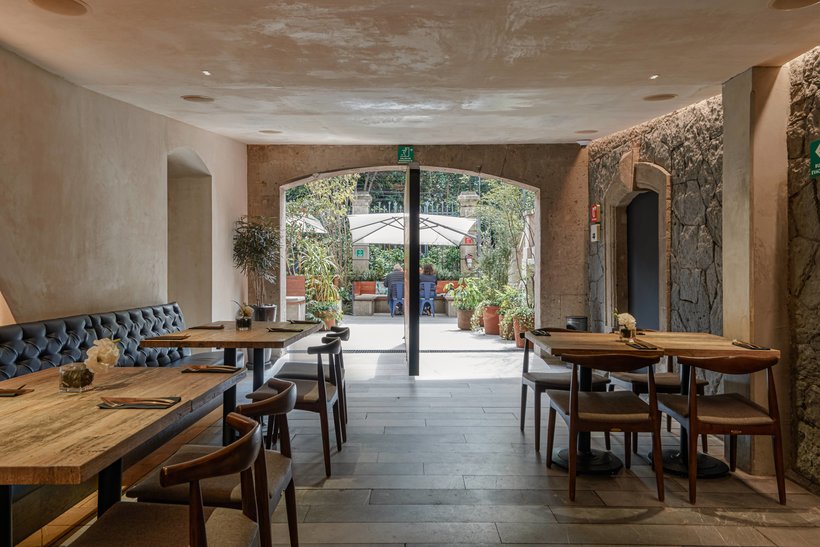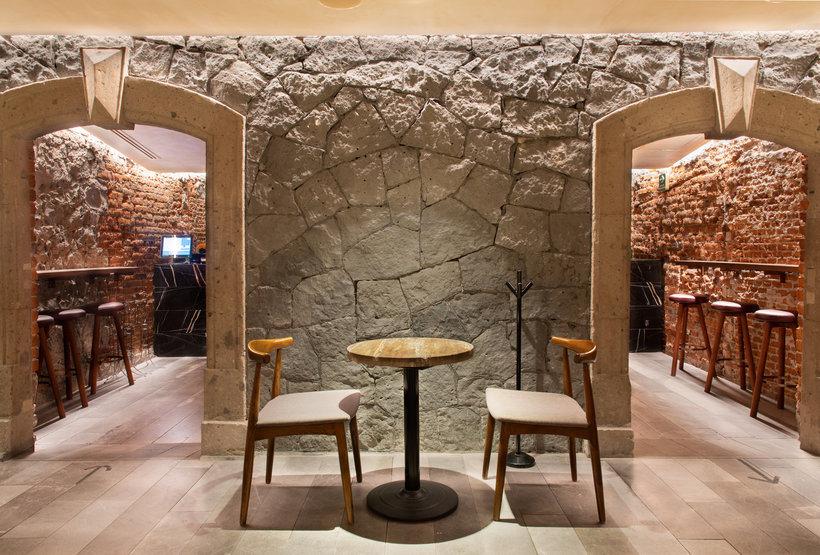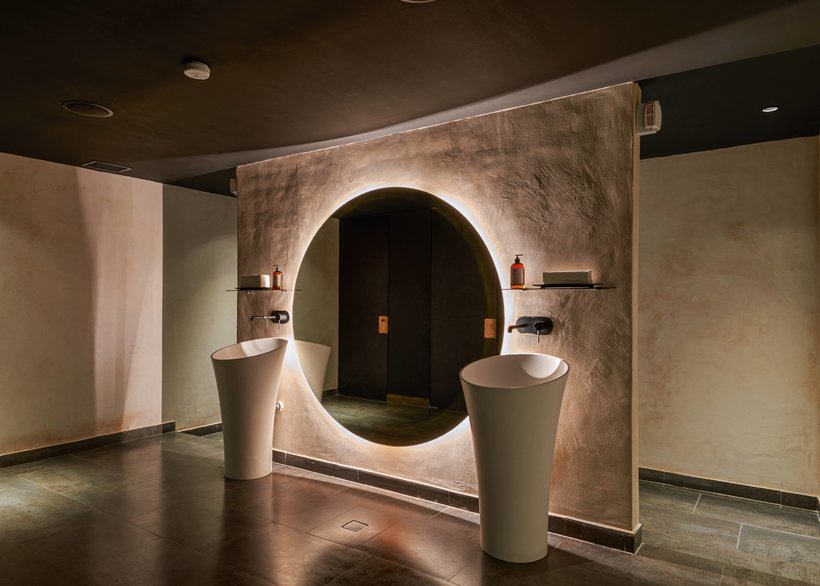Lighting Design for Interior Spaces
Course final project
A course by Mónica Vega , Designer
About the final project for: Lighting Design for Interior Spaces
Lighting design for interior spaces
“We have reached the end of this course. I hope that all the examples inspire you and that everything learned helps you to begin to see the light in a different way. Now we will review everything that I taught you throughout the course. Know the light Before understanding space, architecture or how to design, I explained to you about light as an element. This is how we take into account the physical elements of light and objects as well as the biological, emotional and cultural characteristics of the subjects, users or clients, to make spaces successful in their use. Using the example of the dining room for a school, for an office, and for a retirement home, you learned that each of them has different users and therefore the visual needs are different, regardless of whether the activity is the same in the three scenarios. For this reason, the correct choice of materials is also important, remember that we do not see light, but the effect it has when it hits surfaces: light reacts differently to each material.







Partial transcription of the video
“Final project Before we say goodbye, I'd like to go through a little summary of the course we've done. I started with the fundamentals of this course: light. What it is, its physical characteristics, how it works and interacts with materials. You saw how to conceptualize and design the lighting of an architectural space. Don't forget that to light spaces it is important to understand who the users are and according to them, take the best lighting decisions without forgetting the architectural design. You then saw the basic concepts of light composition, with general lighting, focal glow and...”
This transcript is automatically generated, so it may contain mistakes.
Course summary for: Lighting Design for Interior Spaces
-
Category
Architecture & Spaces -
Areas
Architecture, Digital Architecture, Interior Architecture, Lighting Design

Mónica Vega
A course by Mónica Vega
After graduating in architecture, Mónica Vega founded LumLum in 2014, her own studio in Mexico City devoted to architectural lighting design for interior spaces, primarily restaurants, offices, and stores.
Through extensive research and documentation, LumLum seeks to convey emotion using light as a medium. Most of her projects are located in the capital, but she also works all over the country, providing tailored solutions to each client and building.
- 97% positive reviews (697)
- 27,676 students
- 14 lessons (2h 25m)
- 25 additional resources (11 files)
- Online and at your own pace
- Available on the app
- Audio: Spanish, English, French, Italian, Portuguese, Turkish
- Spanish · English · Portuguese · German · French · Italian · Polish · Dutch · Turkish · Romanian · Indonesian
- Level: Beginner
- Unlimited access forever
Category
Areas




